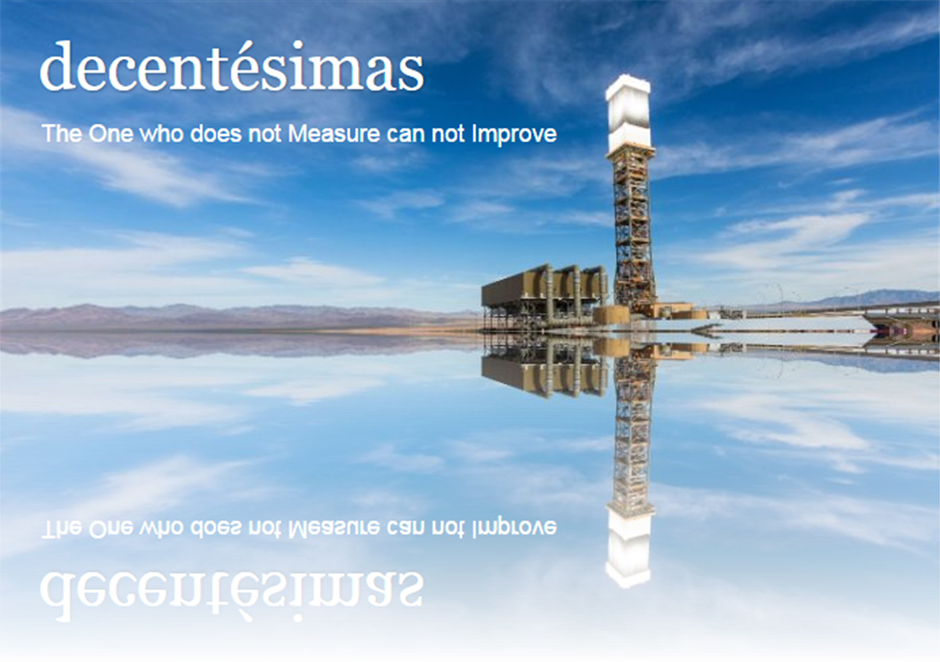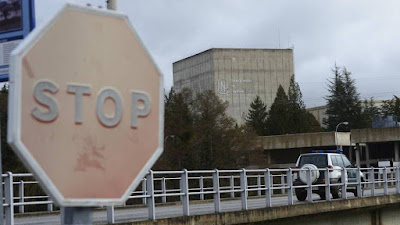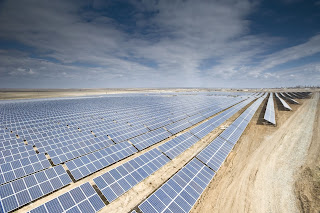The Environment Ministry would now have, in principle, three months to formulate the impact statement, without which it would be impossible to build a silo that already carries a significant delay. That deadline, however, can be further extended. The ministry says it is "waiting for more reports". Industry sources indicate that there is still, for example, the ruling of the Junta de Castilla-La Mancha, which opposes this project.
It is to suppose that this report that is missing from Castilla-La Mancha is contrary. In addition to expanding this protected area, the Board also annulled the urban plan of Villar de Cañas that protects the construction of the warehouse. The change of government in this community, which after the 2015 elections passed from the PP to the PSOE, has been instrumental in delaying the construction of the CTS. When Maria Dolores de Cospedal (PP) was president of Castilla-La Mancha, the Board worked in favor of the construction of the silo in Villar de Cañas. When Emiliano García-Page has arrived, this Administration has used all the weapons in its power to stop it. Socialists argue that there is no consensus on the project.
More than a year and a half of stop
For more than a year and a half, the environmental process has been in a limbo. The process to issue the IES was paralyzed on September 29, 2015. Two months earlier, the Executive of Castilla-La Mancha began the process to expand a protected space near the lands of the future CTS. Included in the plot of Villar de Cañas reserved for the warehouse, which prevented the construction of the facility.The Government, through the State Attorney's Office, appealed. Finally, in a ruling handed down on 18 January, the Supreme Court overturned the decree by which the extension of the protected area had begun. Thirteen days later, the file of Enresa needed for this department to formulate the IES arrived at the ministry.
The CTS is a key piece for the nuclear sector, which contributes 20% of the electricity consumed in Spain. According to the current outdated planning, it had to be operational from 2010, but has suffered delays. Enresa has already spent more than 77 million on a controversial project because of the problems of the soils chosen.
The CTS already passed a first filter of the Nuclear Safety Council (CSN), which approved the floors chosen, despite the doubts that showed from within some technicians of the supervisor. These did not reject that the warehouse could be built in the selected parcel. However, due to the characteristics of these soils, they argued that the costs can be multiplied to make the installation sufficiently stable.
The decision of the Nuclear Safety Council (CSN) to facilitate the extension of the service life of the Garoña plant has given wings to the sector. The companies know that the Government is pronuclear and, after the worst of the crisis, demand a step further. The Spanish Nuclear Society, which groups not only the electrical, but also engineering, constructors, manufacturers of nuclear fuel ... claims to the Executive a better tax treatment as it happens in Sweden and in some US state.
The CSN's controversial decision on the Garoña nuclear power plant has been a victory for the Spanish nuclear industry and for the large power companies that own the 8 NPPs. The new president of the Spanish Nuclear Society (SNE), José Antonio Gago, implicitly acknowledged in explaining at a press conference that the central - the smallest and oldest of the nuclear park - has been the "spearhead." The success has been so resounding for the industry that the SNE - a non-profit association that goes beyond the corporate lobby grouped in the Nuclear Forum - dares to take one step further in their demands.
The contribution to the Spanish gross domestic product (GDP) of the whole nuclear sector is of the order of 2.8 billion per year (0.25%)
The nuclear industry demands better tax treatment. The petition is based on the fact that countries like Sweden or the United States (New York) give benevolent tax treatment to technologies that do not emit greenhouse gases, including nuclear. According to their accounts, the contribution to the Spanish gross domestic product (GDP) of the whole nuclear sector is arround 2.8 billion per year (0.25%), with a tax contribution of 1,140 million, of which 780 million correspond to taxes paid by the companies and 360 million contributed as a result of their activity.
Companies consider this burden to be excessive. They never willingly accepted the surcharges approved by the PP Government for electricity production in general and for nuclear activity in particular. In 2012, the newly elected PP Executive approved a new nuclear levy with two aspects: a tax on the radwaste production to raise 269 million in two years, and a tax on radwaste storage. The new taxes were never accepted and, in the usual line of big companies, the debate has made its way to the Constitutional Court.
With the controversy alive and all the political wind in favor, the nuclear sector wants not only to extend the useful life of the plants beyond 40 years, even reaching the 80 years, but to receive a fiscal recognition as clean energy. Regarding radwaste residues, dangerous and difficult to manage, better not to comment. The president of the SEN believes that the issue of radwaste is technologically resolved and, in any case, it is a matter for the public company (Enresa) responsible for radwaste management and for building the Centralized Temporary Warehouse Villar de Cañas (Cuenca), a site challenged by environmentalists and the consultant (URS) hired by the Council to analyze the terrain of the ATC. Lands destined for the nuclear warehouse of Villar de Cañas (Cuenca).
The nuclear sector considers the criticisms of this type of energy, including those registered in Congress, as "ideological"
Neither the immense controversy with Garoña nor the majority position of Parliament, critical of nuclear energy, make a dent in the sector, which considers the criticism of this type of "ideological" energy. The outgoing president of the SNE, José Ramón Torralbo, summed up the core of his arguments: nuclear power is essential at the moment in Spain and the plants "are today safer than when they were launched." The misgivings and demands of a neighboring country such as Portugal, which has successfully put pressure on Spain in Brussels to paralyze the waste warehouse planned for the Almaraz plant in Cáceres, are not even serious. Before the stoppage of the ATC, the nuclear power plants - there are seven on line - have had to resort to individual silos within their facilities. The one that projects the power station of Almaraz has caused a diplomatic clash between Spain and Portugal, that has been solved with the intermediation of the European Commission.Faced to criticisms, numbers and percentages. According to the SNE, Spanish Nuclear Power Plants has been operated 91.62% of the 8,760 hours of the year; Have produced 21.4% of electricity; Have helped to moderate the prices of the electric pool and have prevented the emission of 40 tons of CO2 into the atmosphere, half of what messes up the car park.
It's nothing to impress the critics of nuclear power. On Monday, the parliamentary group of Podemos-En Comú-En Marea brought to the Congress of Deputies a bill to decree the definitive closure of the Garoña NPP and the rest of the nuclear operations in 2024. And on Tuesday, the spokeswoman Socialist Energy Congress, Pilar Lucio, filed another bill to prevent the reopening of nuclear power plants when it has been agreed to terminate, as it could with the Santa Maria de Garoña nuclear plant in Burgos.
 |
| The Garoña plant near Burgos in northern Spain (Image: Foronuclear) |
The opposition to the extension of the useful life of nuclear power plants coincides with the trend
It registers in the surrounding countries in the EU like Germany, France or Belgium. But in the opinion of the nuclear lobby it moves away from the wider international reality. According to their data, nuclear energy in the world is expanding, with new countries interested. These are the data: in the world there are 449 plants in operation; 105 operate above 40 years; There are 60 under construction and 167 planned. The fact that these new plants are projected in Asian countries such as China, India or in countries of Eastern Europe with poor democratic and economic quality is, in his opinion, a simple detail. To compensate always will remain US and the weakness of memory. After all, five years have passed since Fukushima.
Sources: unesa, Manuel Planelles, Santiago Carcar & Detector Network Flags Traces of radioactive Iodine In Europe




















